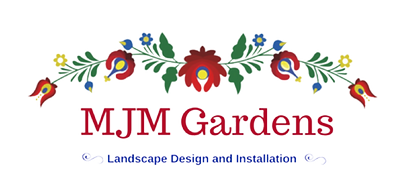Monica's Weekly Gardening Tips: Plants To Attract Honey Bees
- mjmelan
- Apr 11, 2016
- 2 min read

During foraging season, honey bees consume and store both nectar and pollen, with the nectar providing carbohydrates and pollen protein. In late Winter and early Spring, the queen starts laying eggs to repopulate the hive, since the winter bees will have reached their lifespan. The brood will be fed royal jelly and bee bread - a combination of honey and pollen. Thus, plants that bloom in early Spring is an attractive offering for bees. In addition, iIn August and September the queen is laying eggs that will evolve into the winter bees. Strong supplies of nectar and pollen are again required; although this period coincides with dwindling food supplies known as the summer dearth. Thus, planting shrubs, flowers, trees, and herbs that bloom during late summer and fall have an even greater affect on the health of the colony. That's not to say avoid bloomers for summer. Bees will appreciate any extra assistance in providing nectar and pollen sources. Here's a list of plants that should do well in USDA zones 6a-8a.
Early Spring Bloomers
Pussy Willows and other Willows
Red and other Maple trees
Crocus
Common Chickweed
Dandelion
Redbud trees
Autumn Olive
Winter Cress
Cherry trees
Fruit trees
Late Spring to Early Summer Bloomers (May through July)
Tulip Popular Trees
Black Locust Trees
White Clover
Crimson Clover
Ailanthus (Tree of Heaven)
Basswood (Linden)
Sourwood
Milkweed
Coneflowers
Thistle
Knapweed
Spanish Needle
Summer (June to August)
Yellow Sweet Clover
White Sweet Clover
Boneset
Blue Giant Hyssop
Ironweed
Goldenrod
Black-eyed Susan
Wingstem
Asters
Sunflowers
Horesemint
Late Summer to Fall (Critically needed)\
Buckwheat
Chestnut
Pomegranate
Quince
Sweet Autumn Clematis
Golden Rain Tree
Oregano
Button Bush
Germander
Sedum
Russian Sage
Lavender
Mountain Mint
Basil















Comments